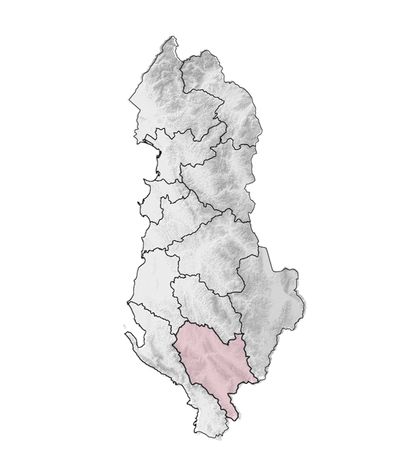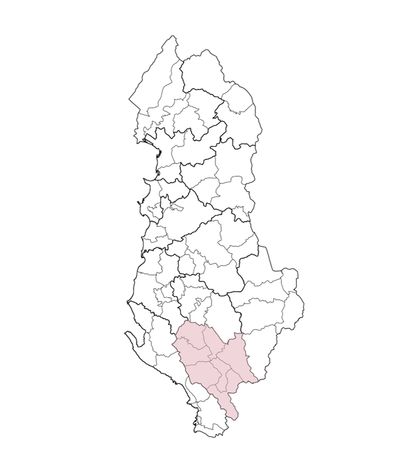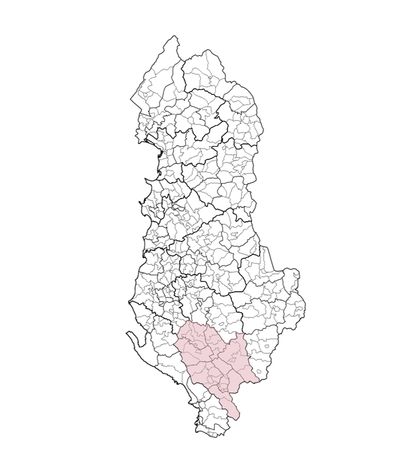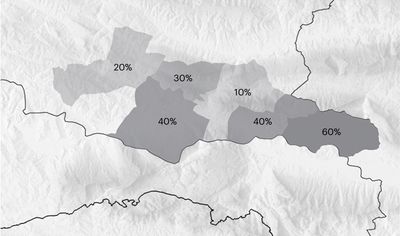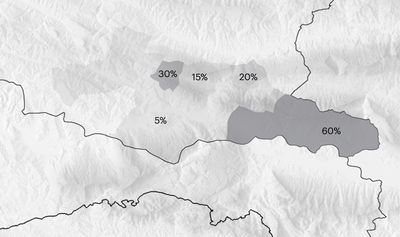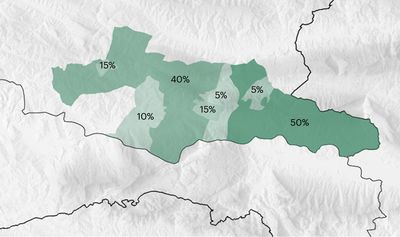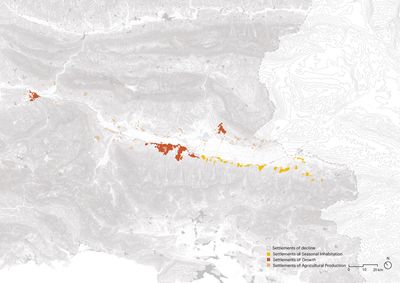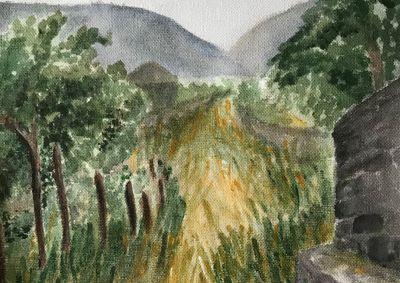Countryside and Communities—Fshat i KomuniteteveCountryside as Equitable Territory: Empowering Rural CommunitiesAlbulena Rrudhani, Annamaria Bonzanigo, and Vasiliqi Zoto

What are today’s communities in the mountainous countryside of Southern Albania? Who will be living there by 2050? To date, many former inhabitants have left their villages, and several villages are already completely abandoned. Some former residents keep their connection to the plave through remittances, seasonal presence, and active investments. Others have lost hope in their territory and might never return. For young women, migration to the urban centres seems to be the only solution for their emancipation. Farmers, for whom cultivating their land is no longer economically viable, give it up to work in the service sector.
Municipal and regional borders have changed frequently. Today’s territorial borders have been defined in 2015. Due to the many shifts in the boundaries, it is difficult to understand the role of the local governances. While talking with various headmen, most of them stated not having influence on decisions regarding the villages, being only an auxiliary body of the local government. Nevertheless, it seems that in each village a certain spontaneous community structure has developed among the inhabitants.
Gjirokastër, Tepelenë and Libohovë are the main villages of the valley, reflected through the highest percentage of employees. Towards the Greek Boundary one finds higher percentages of people relying on remittances/pensions and a high percentage of unoccupied dwellings, mostly seasonally inhabited. In the highland, the percentage of vacant dwellings and pensions are extremely high, in particular for the most remote local governances.
The majority of the population only attained primary or lower secondary in their education. In the municipality of Gjirokastër, two third of the economical activity is based on services. In Libohovë and Tepelenë the economy varies between services, agriculture and industry. There is an equal percentage of male and female population in the valley. The percentage of female unemployment is higher than the male’s one.
The Settlements of the Drino Valley
REMOTELY FINANCED SETTLEMENTS
Historically Albania and Greece have always been represented in a certain territorial proximity. Nowadays this relation is still present. Most inhabitants of the settlements towards the boundary of Greece are speaking Greek and consider themselves Greek.

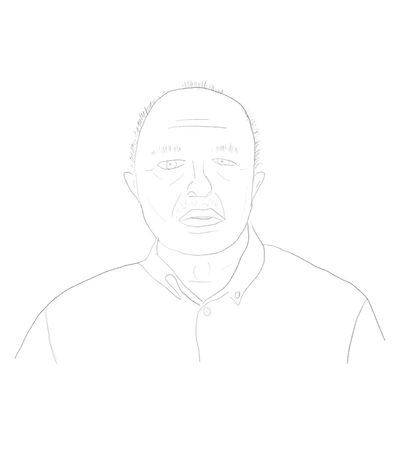
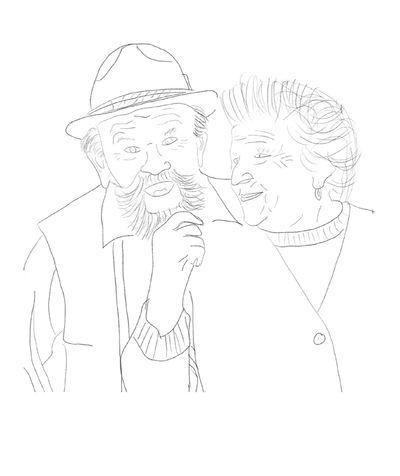
SETTLEMENTS IN DECLINE
During the Ottoman Empire the economy of the highland villages was kept active through the seasonal travel of the families’ fathers going to work abroad and in order to be able to invest in the local craftsmanship at their return. Today, this is still visible in the fountains, the street’s pavement, the public squares, the churches and the houses of those villages: this territory is rich in cultural heritage. During the socialist regime the relations to foreign countries were abolished and less attention was payed towards the economical activity of the highlands. This led to today’s lack of social and commercial infrastructure. Furthermore, the deficit of the water supply system inside the dwellings and the undeveloped heating technologies are pushing people to leave. The main inhabitants are pensioners.
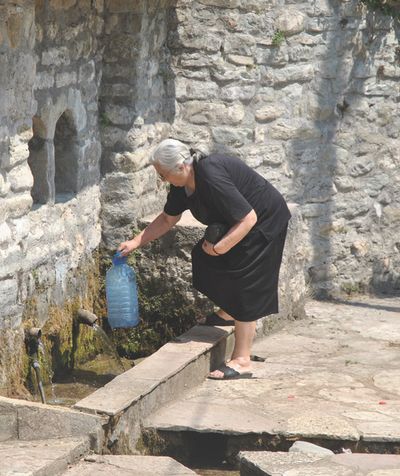
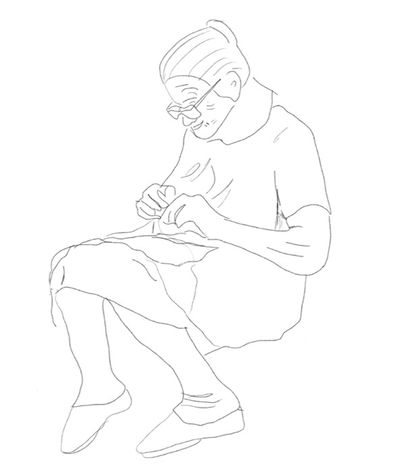
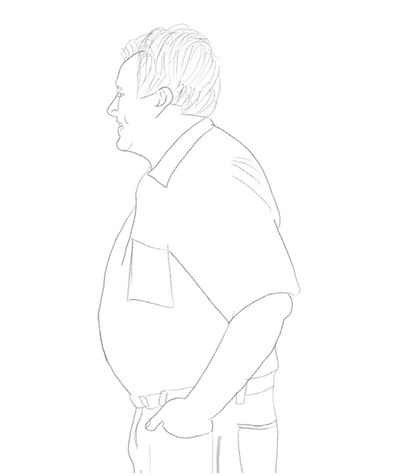
SETTLEMENTS OF SELF-SUFFICIENCY
The lowlands did not experience such a strong economical decline as the highlands. In Nepravishtë, the population has remained constant over the years, with a slight decline after the 1990s. Some of the inhabitants who in the first years of the 1990s left Albania have returned with new knowledge and money to afford technical equipment for agriculture in order to increase production. In most villages, the population is shrinking. Consequently, there is a lack of renewal of the population. Most schools are located in this territory, but some consider to close because of the lack of students. Villages do not have a proper healthcare centre. There is one building which encompasses this function, mostly in poor physical condition, equipped with one bed and no permanent doctor. Doctor mostly comes from Gjirokastër two to three times a week. Inhabitants strongly depend on Gjirokastër, Libohovë or Tepelenë for better services.

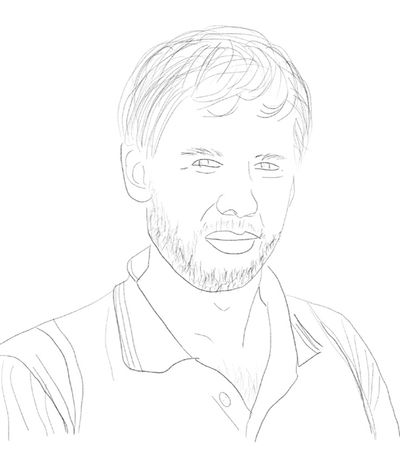
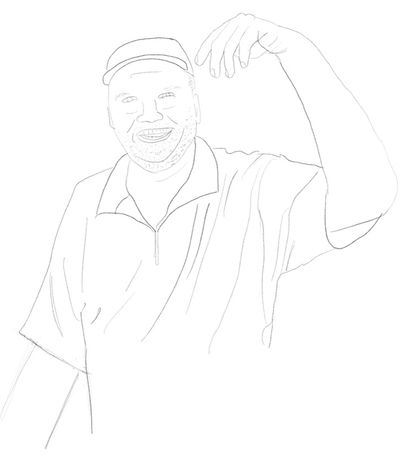
SETTLEMENTS OF GROWTH
This is the territory of working opportunities. Gjirokastër‘s county population is shrinking, but the population in the urban centre of this region is growing. In this territory inhabitants of the region move for education, healthcare, shopping and work. The majority works in services and is employed. Because of the hospital, it is also the territory where doctors are living. The belief that one can lead a good life by living in the countryside is gone. For the majority, this territory of growth is only a stepping stone towards emigration to bigger urban centres along the coast. This is also the case for asylum seekers who see Albania as stop along their journey to Europe.
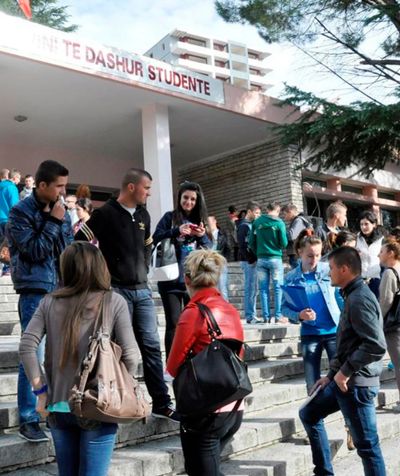

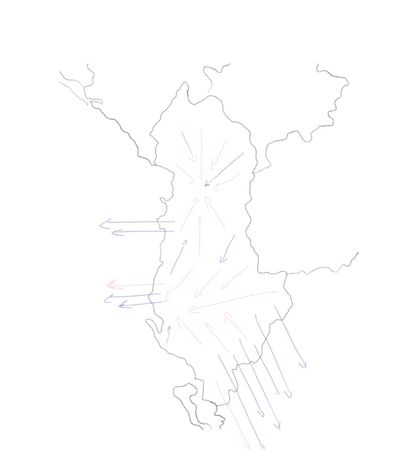
Balancing Territorial Dynamics
By relating the protagonists of this settlements to one another, we define today’s communities as follows: “employed”, “self-employed”, “students”, “pensioner” and “visitor.” In the Drino Valley today, we recognise four territories: the territory of growth, the territory of decline, the territory of agricultural production and the territory of seasonal inhabitation. Those territories are intrinsically related with the dynamics of the communities. Therefore, we define territories and communities of urbanisation and do believe those have to be rethought by 2050.

In the future, the countryside will be able to offer what the growing urban centres and the crowded coast can not. The precious natural resources and the unique slowness of this territory have to be preserved. We propose a vision for the territory in 2050 aiming for a territorial equity. Accepting today’s territorial dynamics we realised that rather than drastic interventions on the territory, there is a need for a social change. By introducing new protagonists and new types of relations we offer a new perspective for the Albanian countryside.
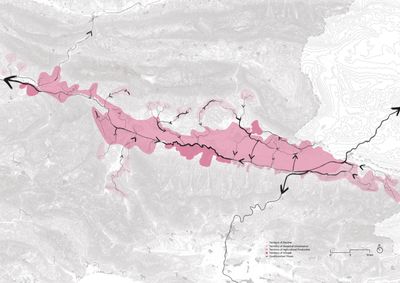
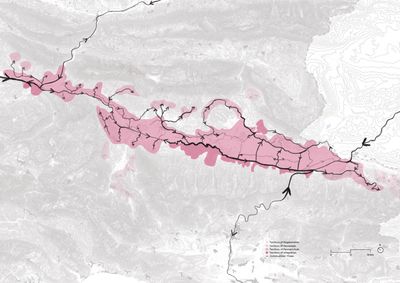
TERRITORY OF INTEGRATION
We recognise the territory of growth as positive for the renewal of the population’s economical activity, even though this should not happen in disregard of the countryside. Therefore, we define it as a territory of integration. The pavement of the streets and the architecture of the houses should be in line with local practices in building construction. The supermarkets will be reduced in favour of specialty shops such as a bakery, a butcher, or a vegetable store.
TERRITORY OF PERMACULTURE
In the Greek villages close to Gjirokastër, today’s pensioners will not live there anymore in 2050 and their relatives will most probably live in Greece. Some houses will consequently be rented. Due to the interesting and strategic proximity to Gjirokastër we imagine those villages to give space to new businesses and associations to emerge. Rather than being active in agricultural production, this territory will be one of permaculture. The aim is the preservation of the arable land.
TERRITORY OF RECREATION
In the highlands, seasonal use will increase, especially through the installation of wifi antennas. It will become a territory of recreation.
TERRITORY OF REGENERATION
The more remote and abandoned villages will be given back to nature: a territory of regeneration will emerge.





